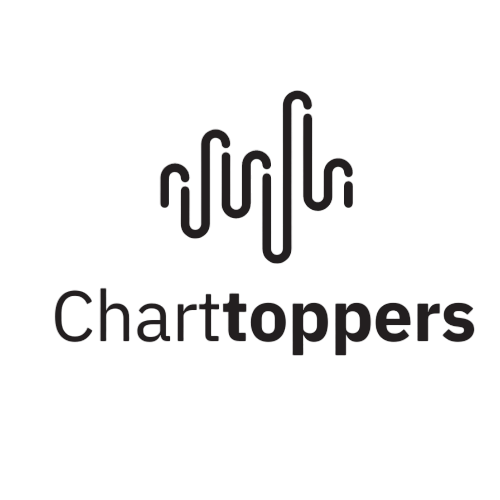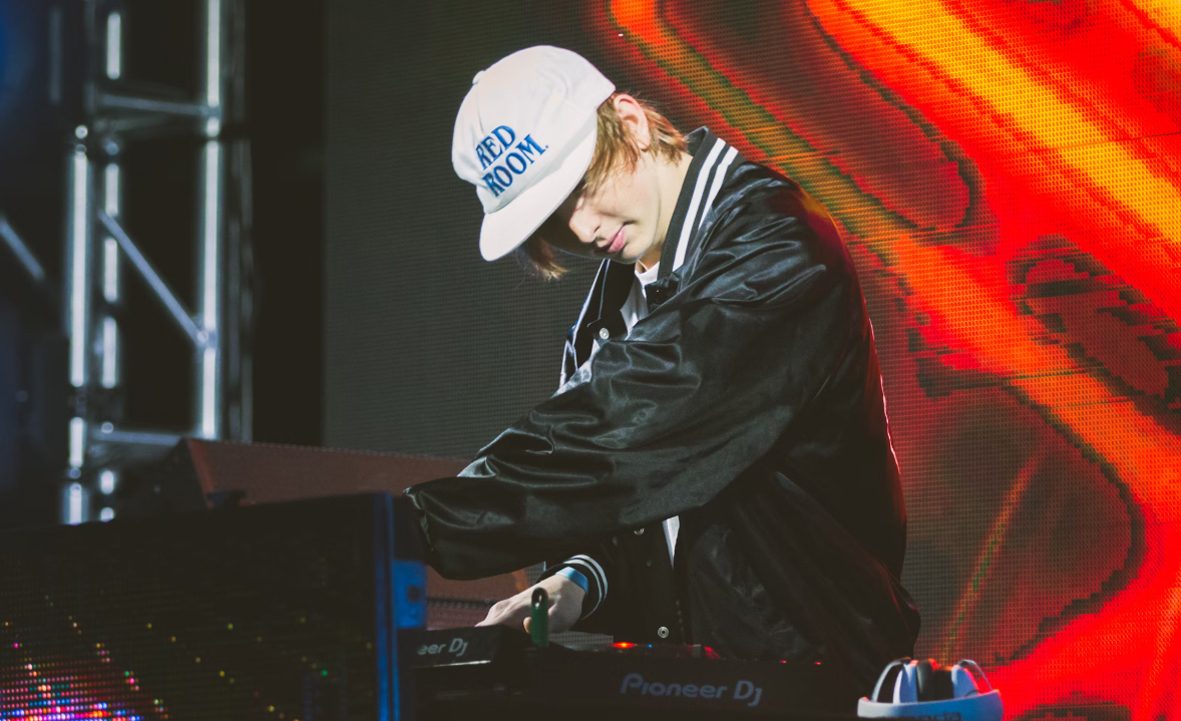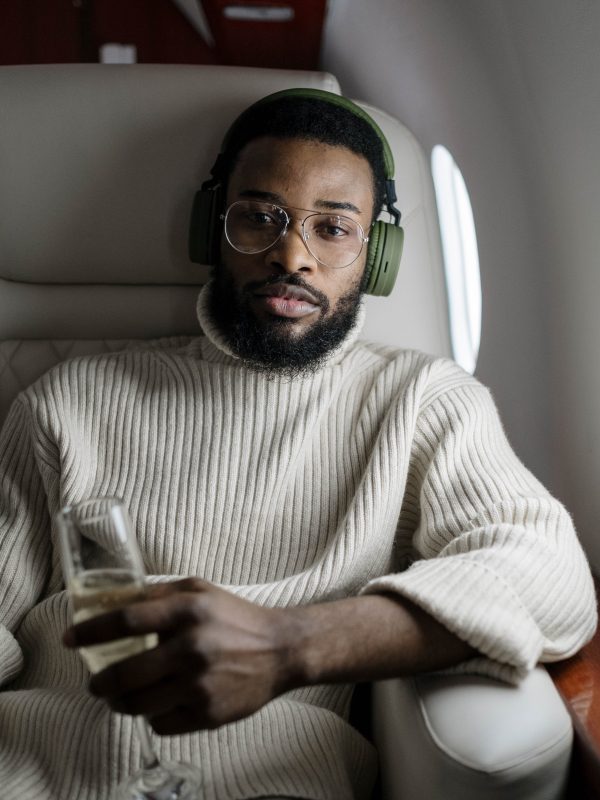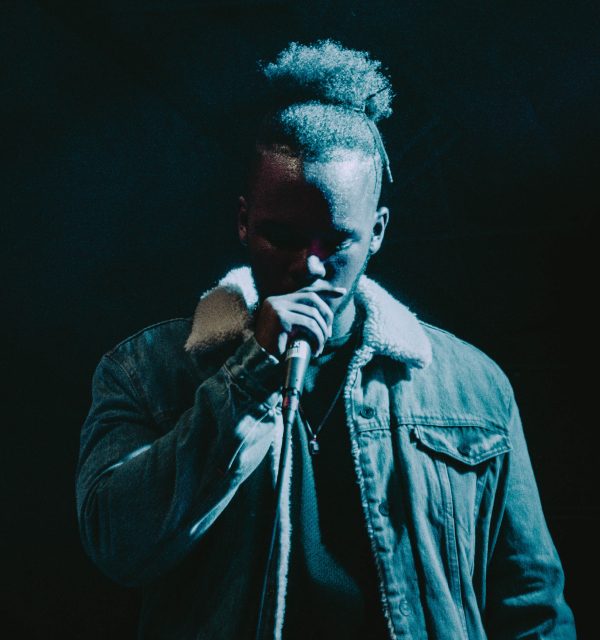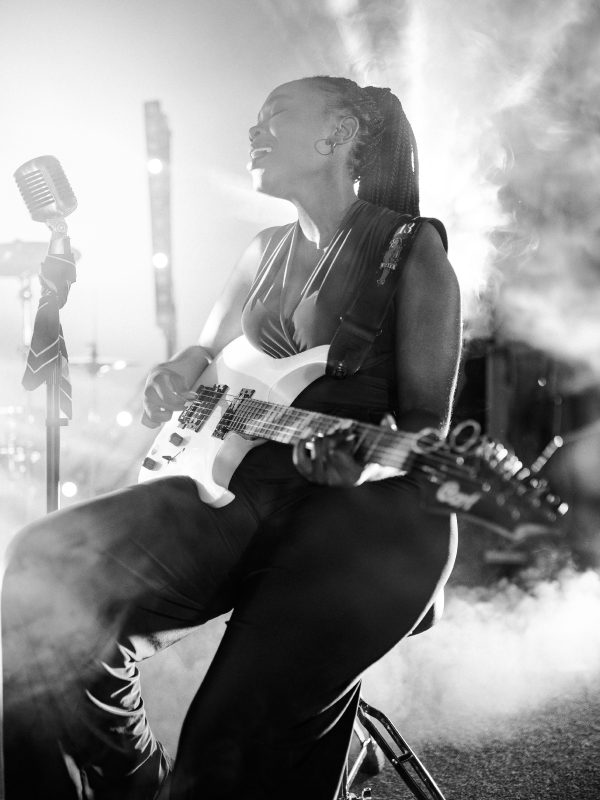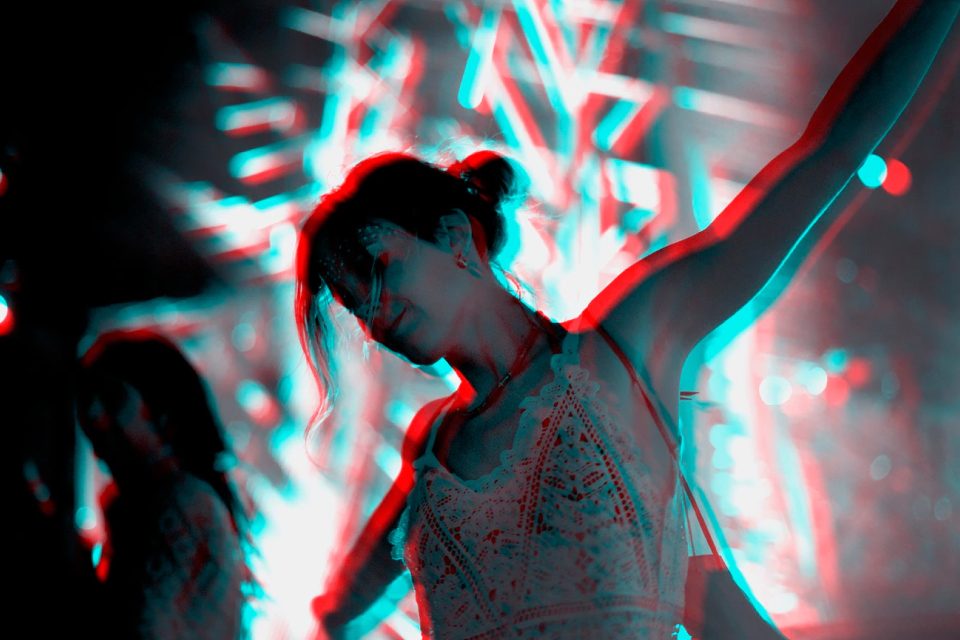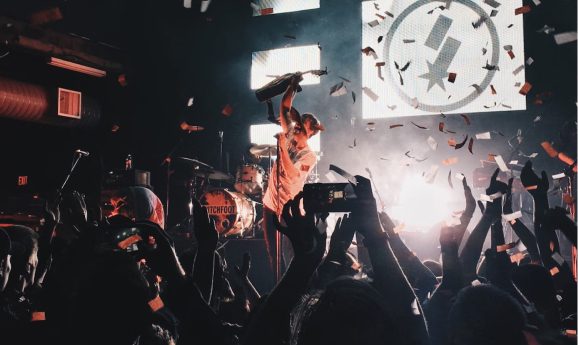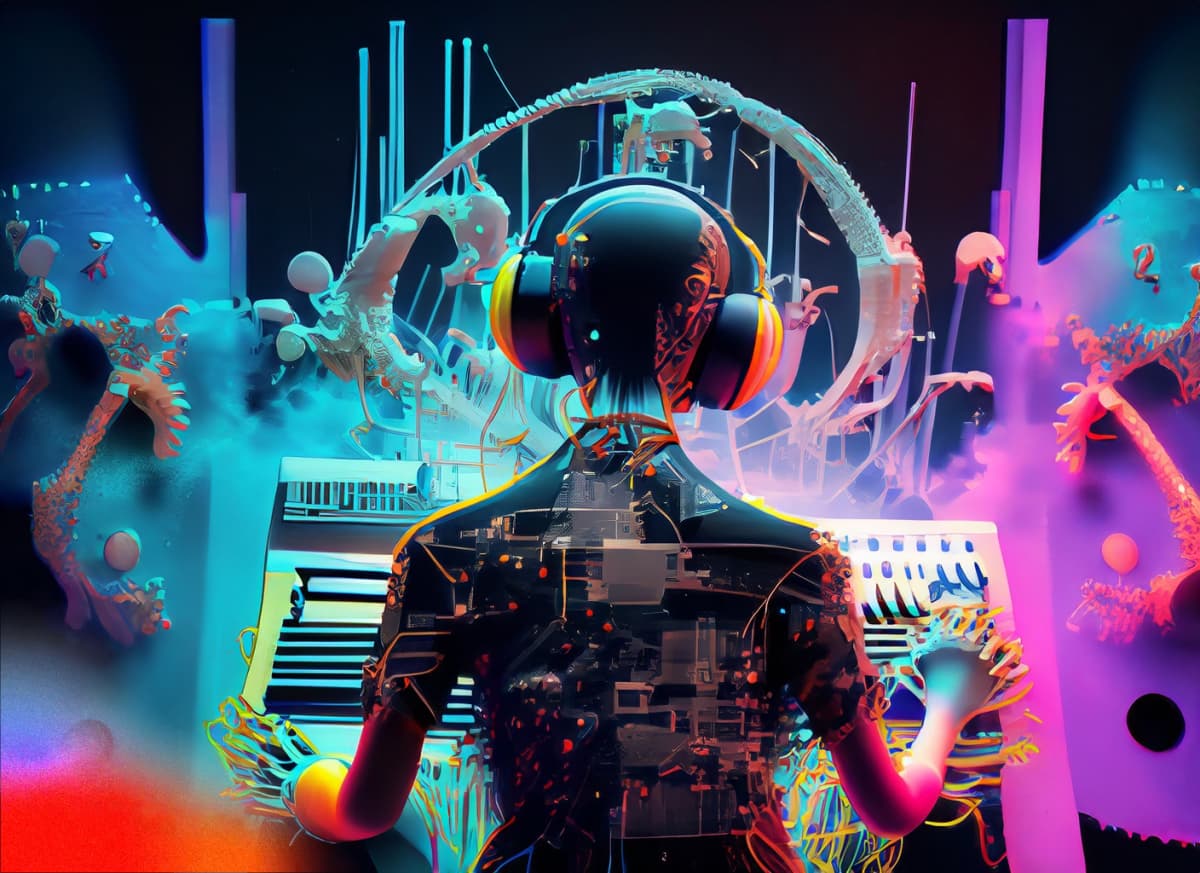
The Biggest Trends Shaping the Music Industry in 2024
The music industry is always evolving, with artists, technology, and fan interactions driving new trends every year. As we head into 2024, some exciting shifts are changing the way music is created, distributed, and experienced. Whether you’re an artist, producer, or music lover, it’s important to stay ahead of these trends to fully grasp where the future of music is headed.
1. AI-Powered Music Creation
Artificial Intelligence (AI) is no longer just a futuristic concept — it’s now playing a big role in the way music is made. AI is being used to assist with composing, beat-making, and even writing lyrics. Tools like OpenAI’s Jukedeck and AIVA allow artists to generate music in various genres with just a few clicks.
For example, AI can analyze popular songs to identify patterns in melody, harmony, and structure. This allows artists to either enhance their own creative process or use AI-generated music as a base to build their own unique sound. While some fear AI may replace human creativity, many see it as a collaborative tool that can inspire innovation.
Key Example: Artists experimenting with AI-generated beats and integrating them into their albums or performances.
2. Virtual Concerts in the Metaverse
2024 is seeing a boom in virtual concerts, thanks to the rise of metaverse platforms like Fortnite, Roblox, and Decentraland. These virtual spaces allow fans to experience concerts in a completely digital world, where artists can perform in environments that would be impossible to recreate in real life.
Virtual concerts gained popularity during the pandemic, but they’ve continued to thrive as artists realize the potential for massive global reach and fan interaction. Unlike traditional live shows, virtual concerts often allow fans to interact with each other and even with the artist, making it a more immersive experience.
Key Example: Travis Scott’s groundbreaking Fortnite concert, which drew millions of viewers and set the standard for virtual music performances.
For example, AI can analyze popular songs to identify patterns in melody, harmony, and structure. This allows artists to either enhance their own creative process or use AI-generated music as a base to build their own unique sound. While some fear AI may replace human creativity, many see it as a collaborative tool that can inspire innovation.
Key Example: Artists experimenting with AI-generated beats and integrating them into their albums or performances.
3. NFTs & Music Ownership
Non-fungible tokens (NFTs) are making waves in the music industry as a new way for artists to monetize their work and connect with fans. NFTs are digital assets that represent ownership of unique content, such as albums, songs, or exclusive fan experiences. Unlike traditional music sales or streams, NFTs provide fans with verifiable ownership of rare or limited-edition content.
Artists like Grimes and Kings of Leon have already launched successful NFT projects, selling exclusive music content, artwork, and access to virtual experiences. NFTs allow artists to bypass record labels and sell directly to their fans, leading to new revenue streams and a closer connection between artists and their audience.
Key Example: Kings of Leon’s album When You See Yourself, the first major album to be sold as an NFT.
4. Genre-Blurring & Fusion Sounds
The lines between music genres are increasingly blurred in 2024, with artists experimenting by combining different styles to create entirely new sounds. The days of sticking to one genre are over — today’s musicians are merging elements of pop, rap, electronic, country, and even classical music to create fresh, genre-defying tracks.
Artists like Lil Nas X, Doja Cat, and Billie Eilish have all embraced genre fusion, mixing pop with hip-hop, rock with electronic, and more. This trend is driven by digital streaming platforms, where listeners are more likely to discover and enjoy a wide variety of musical styles, making genre restrictions less relevant.
Key Example: Lil Nas X blending country and hip-hop in his breakout hit Old Town Road.
5. Mental Health Awareness in Music
Artists are increasingly using their platform to talk about mental health, both in their lyrics and public appearances. Songs that address anxiety, depression, and self-care are resonating with audiences more than ever. Mental health has become a key part of the conversation in music, as artists use their experiences to help destigmatize these issues.
The music industry is also offering more mental health support for artists, with organizations promoting wellness programs and resources to help manage the pressures of fame and creativity.
Key Example: Billie Eilish’s Everything I Wanted, which explores themes of fame and mental health struggles.
7. DIY Artists & Independent Releases
With the rise of digital distribution platforms like Spotify, SoundCloud, and YouTube, more and more artists are choosing to go independent rather than signing with major record labels. The “DIY” (Do-It-Yourself) movement allows artists to retain full control over their music, royalties, and branding.
Platforms like Patreon and Bandcamp are also helping artists earn revenue directly from fans through subscriptions, exclusive content, and merchandise sales.
Key Example: Chance the Rapper’s decision to remain independent and distribute his music through digital channels, leading to widespread success.
The music industry in 2024 is defined by innovation, inclusivity, and creativity. Whether it’s AI helping to create new sounds, virtual concerts reaching global audiences, or artists experimenting with genres, the future of music looks bright. As technology continues to shape the industry, these trends will provide new opportunities for artists and fans alike.
Stay tuned for more updates and in-depth looks at the most exciting trends shaping the world of music!
Platforms like Patreon and Bandcamp are also helping artists earn revenue directly from fans through subscriptions, exclusive content, and merchandise sales.
Key Example: Chance the Rapper’s decision to remain independent and distribute his music through digital channels, leading to widespread success.
Which trend are you most excited about in 2024? Let us know in the comments, and subscribe to our blog for more insights on the latest music industry trends!

Jenny Wilson
